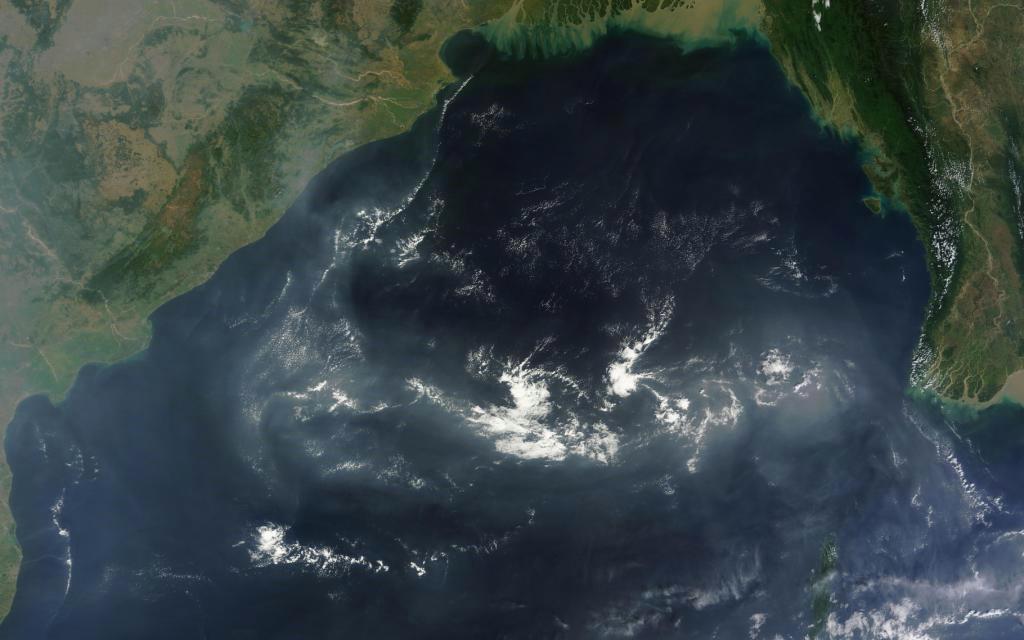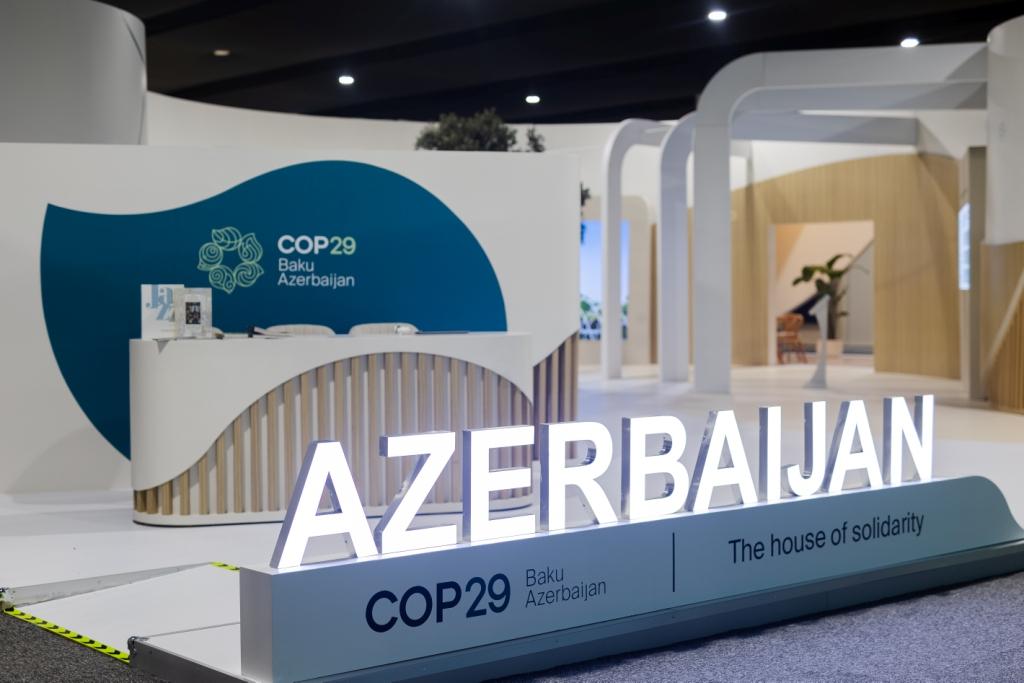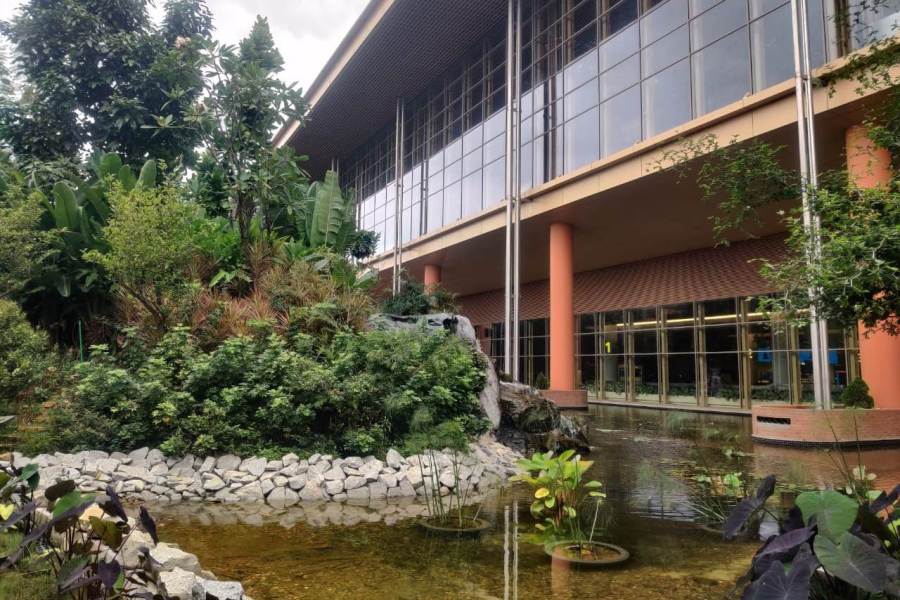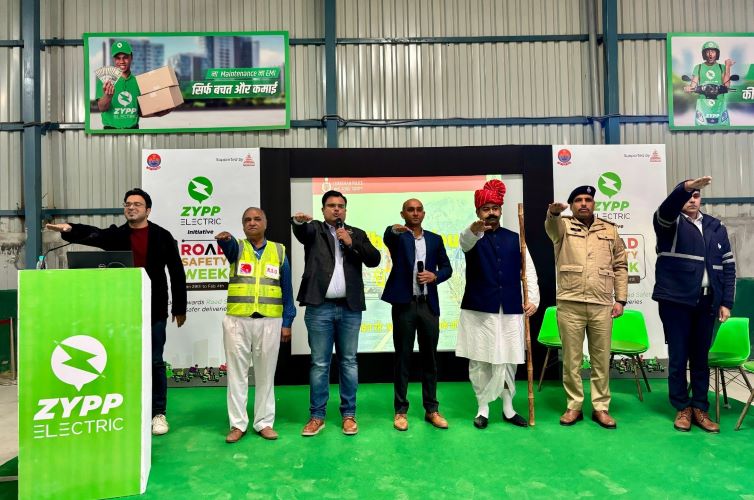Chennai, May 01, 2024: Researchers at the Indian Institute of Technology Madras (IITM) have identified the Indian Ocean and Bay of Bengal as potential areas for storing large amounts of carbon dioxide (CO2). This technology, known as carbon sequestration, could help reduce greenhouse gas emissions and make industrial zones carbon neutral.
The study suggests that hundreds of gigatonnes of CO2 could be stored in subsea sediments in the form of liquid pools or solid hydrates, an ice-like structure. These hydrates form at depths exceeding 500 meters due to the low temperature and high pressure. Importantly, the research suggests this method could permanently store CO2 without harming marine ecosystems.
Storing CO2 in subsea sediments offers several advantages. First, methane hydrates, a more potent greenhouse gas, have existed in the ocean for millions of years without environmental impact. Second, CO2 becomes denser than seawater at depths exceeding 2,800 meters, creating a natural barrier against escape. Finally, the structure of the gas hydrates and the surrounding clay sediments further prevent CO2 from re-entering the atmosphere.
The researchers believe this technology holds significant promise for India. Conservative estimates suggest the Bay of Bengal alone could store CO2 equivalent to several years of the country's total greenhouse gas emissions. This method could complement efforts already underway in Europe, where countries like Norway and Denmark are exploring CO2 storage in the North Sea.
The study also highlights factors influencing the effectiveness of CO2 storage in subsea sediments. Higher clay concentrations promote faster and more stable hydrate formation. Additionally, researchers emphasize the importance of studying local seafloor conditions (bathymetry) and the properties of additives used in the process to optimize CO2 storage.
This research offers a promising approach for capturing and storing carbon dioxide, potentially aiding India and other countries in achieving their climate change goals.














.jpg)




